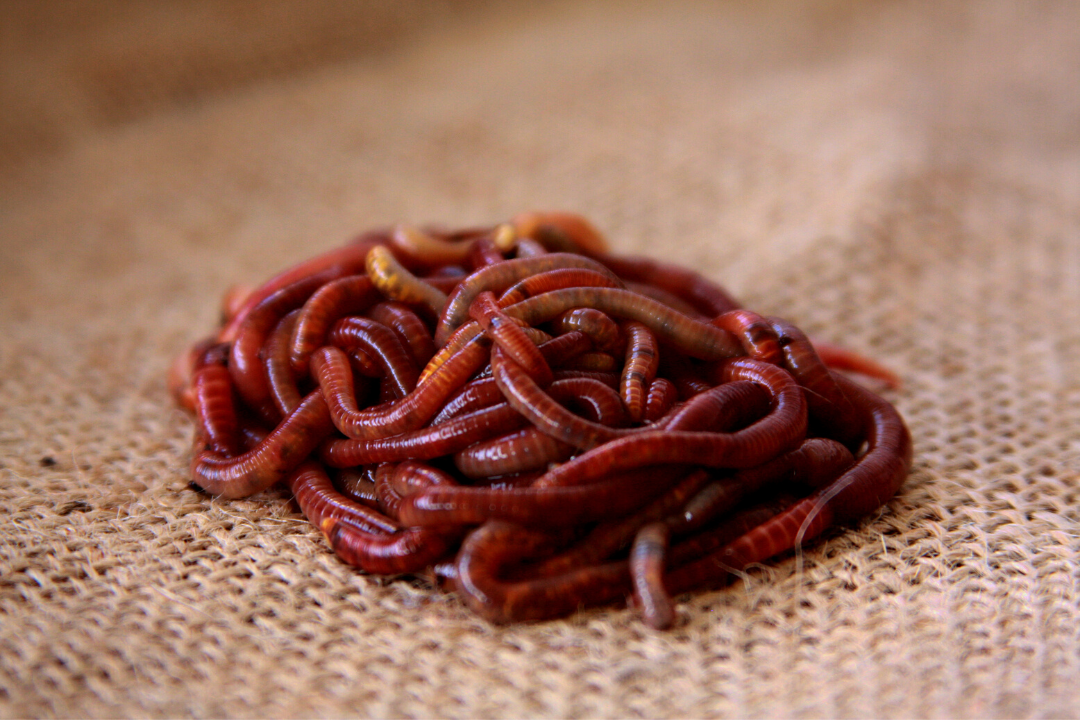Take Care of Your Lawn with the Best Products from Lake Hickory Bait
Open the Tricks of Red Wigglers: Your Overview to Composting Success
The integration of red wigglers right into composting methods presents a considerable possibility for boosting soil health and advertising sustainability. These organisms are not simply effective recyclers of organic waste; they supply a myriad of benefits that can change garden monitoring. Recognizing their needs and actions is critical for enhancing their capacity, from setting up a proper worm container to feeding them the best materials. As we check out the vital elements of effective vermicomposting, one might question just how these small creatures can cause a much more vivid and effective garden ecosystem.

What Are Red Wigglers?
(Red Wiggler Express)Red wigglers, clinically referred to as Eisenia fetida, are a species of earthworm mainly made use of in composting because of their remarkable capability to decompose natural issue effectively. These worms are identified by their reddish-brown coloration and a fractional body, commonly measuring between 3 to 4 inches in size. Unlike other earthworm species, red wigglers thrive in abundant, organic environments, making them excellent for vermicomposting systems.
Belonging To The United States And copyright, they are commonly discovered in decaying leaves and compost heaps, where they play a vital role in nutrient recycling. Their adjustment to residing in a moist, cardiovascular atmosphere allows them to eat big amounts of organic waste, simplifying into nutrient-rich spreadings that enhance dirt health and wellness.
Red wigglers duplicate rapidly, with a single worm qualified of generating a number of cocoons each week, each having multiple hatchlings. Understanding the biology and habits of red wigglers is necessary for maximizing their capacity in composting applications.
Benefits of Using Red Wigglers
Taking advantage of the power of red wigglers in composting supplies numerous advantages that improve dirt health and advertise sustainable waste management. These exceptional organisms effectively damage down natural issue, changing kitchen scraps and lawn waste into nutrient-rich vermicompost. This finished item is extremely useful for plant development, as it improves dirt structure, enhances wetness retention, and enhances nutrition schedule.

(Red Wiggler Express)Additionally, the visibility of red wigglers in your composting system can accelerate the composting process, creating high-grade compost in a portion of the time compared to conventional techniques. The castings produced by these worms are also brimming with helpful microorganisms that better enhance the dirt ecological community.
Setting Up Your Worm Container
Developing an effective worm container is an uncomplicated procedure that can substantially improve your composting efforts. Worm bins can be made from plastic storage bins, wooden boxes, or readily offered worm containers.
Following, prepare the bed linens material, which acts as the worms' environment. A mix of shredded paper, cardboard, and coconut coir works well, supplying a comfy setting for the worms. Go for a bed linens deepness of regarding 4-6 inches. Moisten the bedding gently, guaranteeing it looks like a damp sponge without excess water pooling near the bottom. webpage

Feeding Your Red Wigglers
To make sure the wellness and productivity of your red wigglers, it is vital to give them with a balanced diet regimen that meets their dietary requirements. Red wigglers grow on a varied range of organic materials, which not just provide essential nutrients however additionally promote reliable composting.
Beginning by incorporating cooking area scraps such as veggie peels, fruit cores, and coffee premises. Stay clear of citrus fruits, onions, and garlic, as these can be harmful to worm wellness. In addition, present shredded paper, cardboard, and dry fallen leaves to create a well-aerated setting.
Feeding regularity must be kept track of; usually, worms can eat half their body weight in food weekly. It is critical to stay clear of overfeeding, as excess food can bring about unpleasant smells and attract pests. A good technique is to include food in tiny quantities, enabling worms to process it before introducing much more.
Keeping wetness degrees is also vital; the bed linens must be wet however not soggy. Be sure to frequently check the temperature and pH degrees of the container to ensure an ideal environment for your red wigglers, inevitably improving their composting efficiency.
Harvesting and Using Compost
An effective composting process with red wigglers culminates in the rich, dark compost known as vermicompost, which can considerably enhance dirt wellness and plant growth. Gathering this nutrient-dense material commonly takes place every three to 6 months, depending upon the size of your system and the amount of raw material being refined.
To harvest, delicately separate the garden compost from the worms and any kind of undecomposed products. One effective method entails moving the components of the bin to one side and adding fresh bed linen and food to the void, encouraging the worms to move. After a couple of days, the compost can be collected from the contrary side.
It is important to make use of vermicompost properly to maximize its advantages. It can be used as a leading dressing for garden beds, combined into potting dirt, or made into a nutrient-rich liquid plant food known as "worm tea." This application technique assists to provide necessary nutrients straight to plant origins, promoting much healthier growth. By including vermicompost right into your gardening regimen, you not only recycle natural waste yet likewise develop a growing ecosystem that supports sustainable horticulture methods.
Final Thought
In summary, red wigglers act as exceptional allies in composting initiatives, changing natural waste into nutrient-rich vermicompost (Red Wiggler Express). Their one-of-a-kind organic qualities and reliable waste handling capabilities add dramatically to sustainable gardening techniques. By understanding the optimal conditions for their habitat, feeding demands, and garden compost harvesting methods, garden enthusiasts can improve dirt health and wellness and advertise plant vitality. Welcoming vermicomposting not only lowers garbage dump waste but likewise fosters a more ecologically accountable method to horticulture and resource administration.